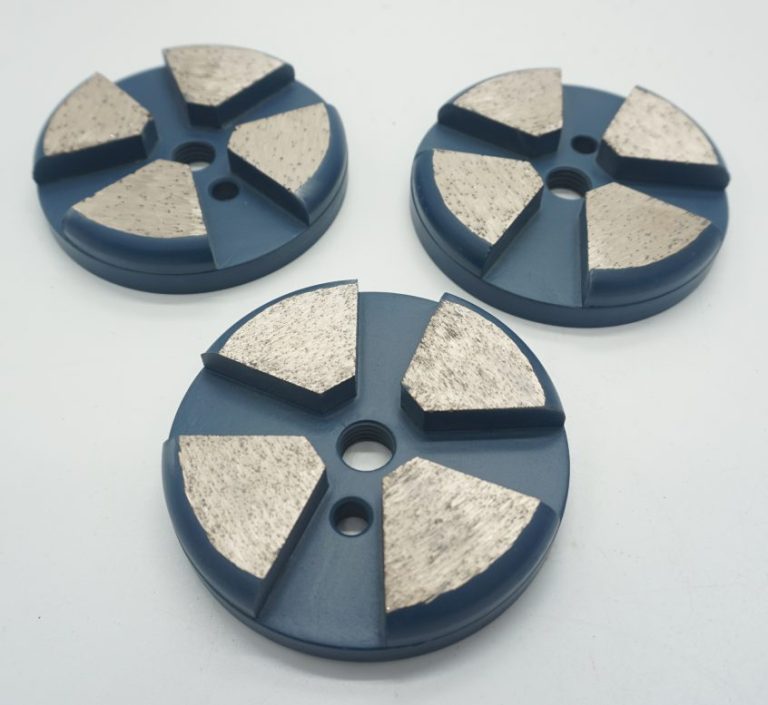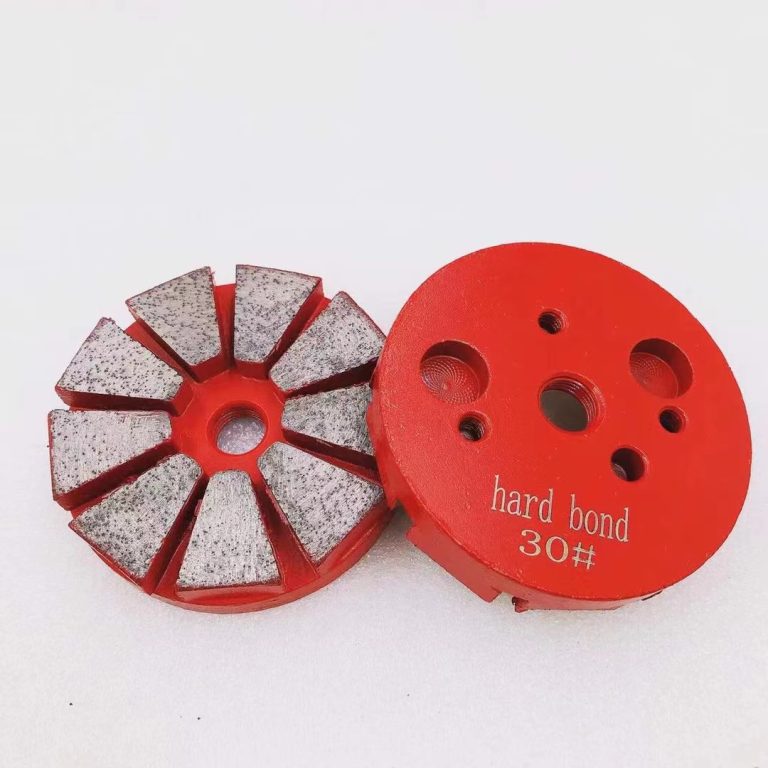The Right Blade for the Job: Cutting Dekton on a Bridge Saw
Dekton has revolutionized surfaces with its incredible durability, stain resistance, and aesthetic versatility. But for stone fabricators, this ultra-compact material presents a unique challenge: it’s incredibly hard and abrasive. Using the wrong diamond blade on your bridge saw isn’t just inefficient – it’s expensive and potentially dangerous. Let’s break down what makes a blade truly suitable for Dekton.
Why Dekton Demands a Specialized Blade:
- Extreme Hardness: Dekton is engineered under high heat and pressure, creating a near non-porous structure significantly harder than granite. Standard granite blades simply won’t penetrate effectively.
- High Abrasiveness: Its composition includes high levels of silica and other hard minerals. This rapidly wears down diamond segments not specifically designed for the task.
- Heat Sensitivity: While incredibly durable, the intense friction from cutting can generate excessive heat. This can damage the blade’s bond, glaze the segments (making them ineffective), and even risk micro-fractures in the Dekton slab if not managed.
- Potential for Chipping: Aggressive or incorrect blades can cause chipping on the delicate edges of the cut, especially during miters.
Key Features of a True Dekton Bridge Saw Blade:
- Premium, Fine-Grit Diamonds: Forget large, tough diamonds. Dekton requires a high concentration of smaller, sharper, high-quality diamonds. These finer grits can effectively micro-fracture the ultra-hard surface without being ripped out prematurely. The diamonds must be harder than Dekton’s components.
- Precision-Engineered Bond Matrix: This is critical. The metal powder (bond) holding the diamonds needs to be specifically formulated to wear at the optimal rate when cutting Dekton. It must be hard enough to hold the diamonds securely against the extreme abrasion, but soft enough to allow worn diamonds to shed and expose fresh, sharp ones continuously. A bond too soft disappears quickly; too hard glazes over.
- Reinforced Core: Cutting Dekton places immense stress on the blade body. A robust, tension-balanced steel core (often laser-welded segments) is essential to prevent wobble, vibration, and potential core failure under load. Vibration is the enemy of a clean cut and blade longevity.
Optimized Segment Design:
- Turbo/Rim Segments: Most common. The interrupted rim design allows coolant (water) to reach the cutting zone effectively, reducing heat build-up and flushing away abrasive slurry.
- Hybrid Segments: Combine turbo segments with segments featuring additional notches or features for even better cooling and debris removal.
- Precise Segment Height & Width: Designed for stability and efficient material removal specific to Dekton’s density.
What Happens if You Use the Wrong Blade?
- Rapid Wear: The blade will dull incredibly fast, sometimes within just a few linear feet.
- Glazing: The bond overheats and hardens, encapsulating the diamonds so they can’t cut. The blade just rubs, generating more heat.
- Chipping: Aggressive segments or excessive force needed with a dull blade cause edge damage.
- Poor Cut Quality: Slow, wandering cuts, rough surfaces, and excessive chipping.
- Core Damage: Risk of core warping or segment loss due to excessive heat and stress.
- Motor Strain: The saw motor has to work much harder, potentially leading to overheating or damage.
- Increased Cost: Constantly replacing cheap or unsuitable blades costs far more in the long run than investing in the right tool.
Best Practices for Cutting Dekton:
- Always Use Coolant: Never dry cut. Ample, clean water flow is non-negotiable for cooling and lubrication. Ensure your pump and lines are clean and flowing properly.
- Optimal Feed Rate: Let the blade do the work. Pushing too hard generates heat and wears the blade faster. Too slow can also cause glazing. Find the manufacturer’s recommended rate or listen to the saw – it should cut with steady pressure without laboring excessively.
- Secure the Slab: Prevent any movement or vibration during the cut.
- Proper Blade Break-In: Follow the manufacturer’s instructions for initial use to condition the segments.
- Use a Dedicated Blade: If possible, reserve one blade specifically for Dekton to maintain optimal performance.
Choosing Your Blade:
Look for blades explicitly labeled and warranted for Dekton, Neolith, or Ultra-Compact Surfaces (UCS). Reputable manufacturers design and test their blades specifically against these materials. Don’t rely on generic “granite” or “porcelain” claims.
The Bottom Line:
Cutting Dekton efficiently, cleanly, and cost-effectively on a bridge saw is entirely dependent on using the correct diamond blade. It requires a sophisticated combination of premium diamonds, a precisely tuned bond, robust construction, and optimized segment design. Investing in a true Dekton-specific blade isn’t an optional upgrade; it’s a fundamental requirement for professional fabrication of this advanced material. The right blade saves time, money, material, and frustration, delivering the quality results your projects demand.




